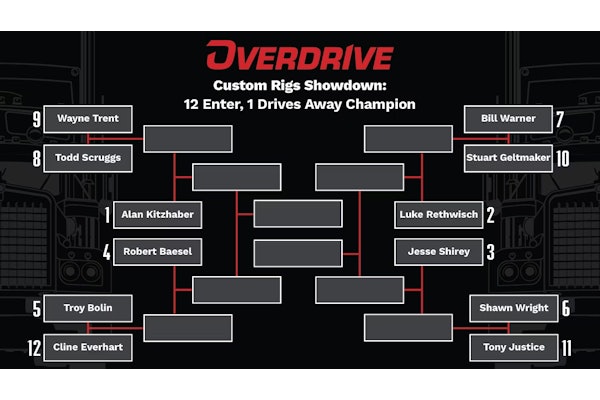 The U.S. DOT last year added four commonly used opioids to the list of drugs it screens drivers for. The Trucking Alliance, however, contends that urine sample testing only detects opioid use if it occurred within the hours prior to the test.
The U.S. DOT last year added four commonly used opioids to the list of drugs it screens drivers for. The Trucking Alliance, however, contends that urine sample testing only detects opioid use if it occurred within the hours prior to the test.The Trucking Alliance, a coalition of some of the country’s largest trucking companies, is pressing Congress to require applicants for truck driving jobs to be screened for drug use via hair sample test, rather than the current urine test requirement.
The group says hair sample tests are more reliable in determining whether a driver applicant has used illegal drugs recently. The Alliance says more stringent requirements are needed in light of the increasing use of addictive opioids. Opioid use cannot be detected in a urine test only after a few hours, the Alliance says, whereas hair screening can detect opioid use from the prior 90 days.
Lane Kidd, managing director of the Trucking Alliance, says Congress plans to unveil legislation in January 2019 to require hair sample testing for truck drivers. The Alliance includes member companies J.B. Hunt, U.S. Xpress, Knight Transportation, Dupre Logistics, Swift and Maverick, among others.
Kidd says that, since 2006, J.B. Hunt has turned away more than 5,000 driver applicants who failed a hair sample test after passing a urine sample test. These drivers likely found jobs at other trucking companies, Kidd says, since most companies only use urine analysis tests. “Multiply this company’s experience by the hundreds of thousands of truck driver applicants each year across the United States, and we have a major problem,” said Kidd.

The Alliance announced the initiative late last month at the United Nations at an event meant to highlight Brazil’s successful initiatives in screening workers in safety sensitive positions for use of opioids and other drugs.
The U.S. DOT last year added four common opioids — hydrocodone, hydromorphone, oxymorphone, and oxycodone — to its drug-testing panel for truck operators. However, the Alliance says, unless those drugs were used within the hours prior to providing a urine sample, their use would likely go unnoticed.
Congress in the 2015 FAST Act included a measure to allow carriers to use hair sample testing in place of urine analysis, so that companies who choose to screen drivers via hair sample don’t have to perform two tests. However, the FAST Act required the Department of Health and Human Services to develop guidelines for hair sample testing before the Federal Motor Carrier Safety Administration could allow hair sample tests to replace urine tests. HHS has not yet developed the guidelines, meaning the FAST Act provision has not yet been enacted.
The Trucking Alliance in 2016 petitioned FMCSA to proceed with a rule without the HHS guidelines in place. Congress required HHS to develop the guidelines within a year of the FAST Act’s passage, by December 2016. But the guidelines still haven’t been developed, and HHS has not provided a timeline for when it plans to issue them.
A group of lawmakers last year also pressed HHS and FMCSA to “act swiftly” on accepting hair sample testing in lieu of urine tests.
The Owner-Operator Independent Drivers Association last year said it sees no rush to change driver drug testing protocols, as statistics show only a fraction of truck-involved crashes involve a driver who is under the influence of drugs.














